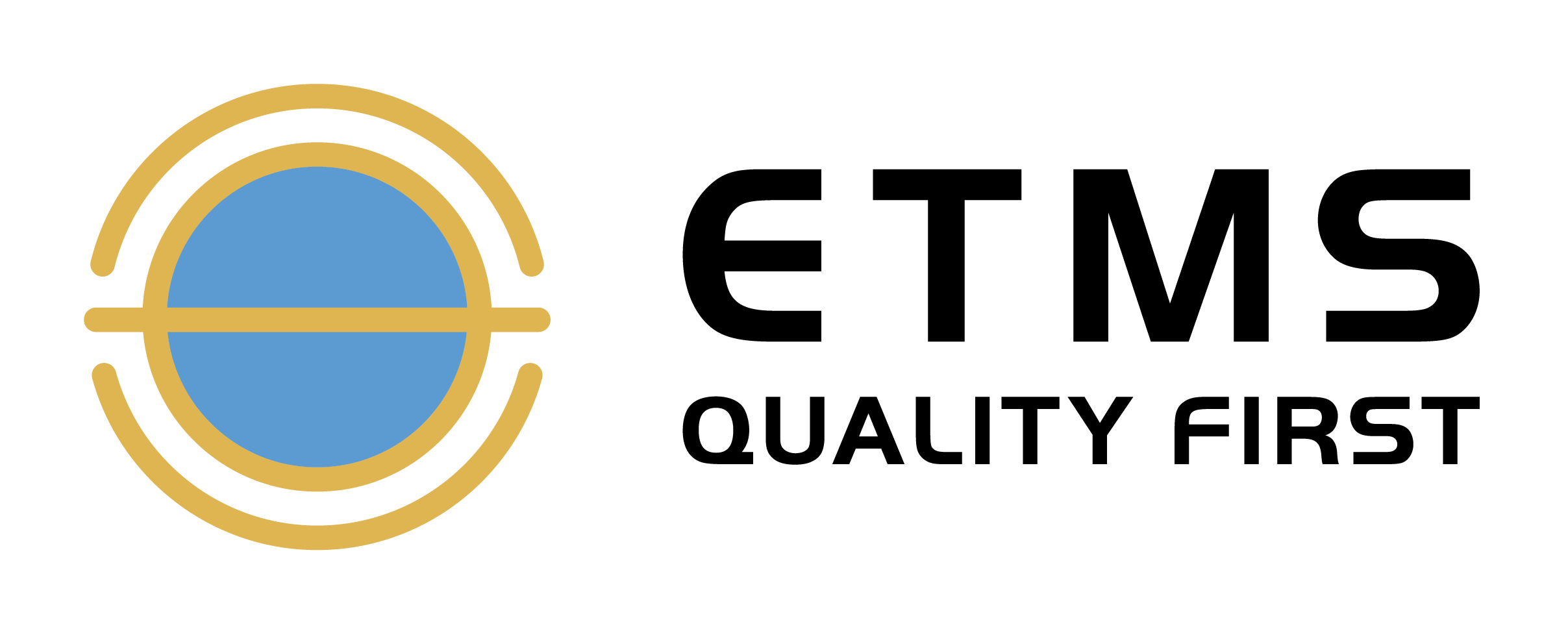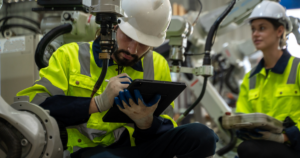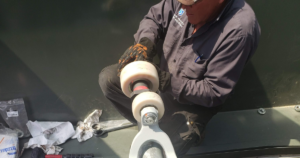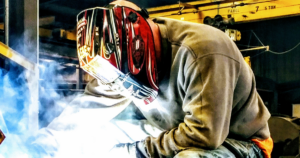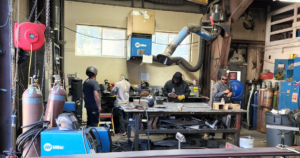The potential implications of faulty welds, fabrication issues, and material deterioration can be significantly damaging, giving rise to diminished structural resilience and potentially even total structural breakdowns. Because of this, inspections are paramount to ensuring the integrity of a structure. At ETMS, we offer exhaustive inspection and testing services, including visual inspection, ultrasonic testing, radiographic (x-ray) inspection, dye Penetrant, and MAG particle testing. Interested in how each inspection method can help you? Let’s dive in.
Inspection Methods
As a global leader in inspection, training, and consulting Services for over 50 years, ETMS has the experience and the expertise to meet the needs of any industry. From nuclear, structural construction, manufacturing and fabrication, aerospace, pressure vessels, pharmaceutical, and semiconductor to everything in between, ETMS utilizes inspection tools and methods to exceed clients’ expectations.
Visual Inspections
Always the first mode of inspection used, visual testing is performed by our certified inspectors. Our skilled professionals are trained to identify potential defects, inconsistencies, and characteristic patterns that may influence quality or uniformity. The inspection criteria depend on the equipment or the type of material utilized in each project. Some attributes we look for include:
- Surface Flaws
- Cracks
- Corrosion
- Banding
- Dimensional Uniformity
- Surface Discontinuities
- Material Consistency
This inspection is ideally performed before, during, and after a project is completed to ensure excellence.
Ultrasonic Testing (UT)
Ultrasonic testing (UT) is a method used to detect internal defects and inconsistencies that are not visible to the naked eye. This non-destructive testing (NDT) method deploys high-frequency waves into the material flaw detection. Any disruptions or changes in wave behavior can indicate potential problems. Most UT inspections use short waves. These frequencies range from 0.1-15 MHz and can go up to 50 MHz. This inspection method is valuable for materials where internal integrity is critical.
For more information about our ultrasonic testing (UT) or to request a quote, contact us today.
Radiographic Testing (RT)
Another non-destructive testing (NDT) method we employ is Radiographic Testing (RT). Like UT, RT enables us to test a structure’s internal integrity without destroying any of its components. This style of testing is extremely similar to its medial counterpart in that it passes radiation through an object onto a photographic film, leaving an image of the structure behind. Compromised areas of the structure, including voids or cracks, will appear as dark outlines on the film. The resulting film or digital image provides a lasting record of the inspection. As a method applicable to nearly any material, X-ray testing is a valuable tool for comprehensive weld inspection.
For more information about our radiographic testing (RT) or to request a quote, contact us today.
Dye Penetrant Inspection (DPI)
Dye Penetrant Inspection (DPI), also known as liquid penetrant inspection (LPI) or penetrant testing (PT), exposes surface-breaking defects. This method involves applying a colored or fluorescent penetrant to the weld. After allowing the dye to sit, it will penetrate cracks or imperfections, making them visible under inspection lighting. This method is favored for its simplicity, high sensitivity, effectiveness, and ability to be used on various materials, including metallic and nonmetallic, magnetic and nonmagnetic, and conductive and nonconductive materials. However, it is limited to detecting flaws that break the surface of a component.
For more information about our dye penetrant inspection (DPI), liquid penetrant inspection (LPI), or penetrant testing (PT), or to request a quote, contact us today.
Magnetic Particle Inspection (MPI)
Magnetic particle inspection is another non-destructive testing method used to check for surface and near-surface discontinuities in ferrous materials like iron, cobalt, nickel, and some alloys. This type of inspection is typically seen in the aerospace & semiconductor industries. This application’s wet and dry methods involve magnetizing the test materials and then applying tiny magnetic particles. Disruptions in the magnetic field lead the particles to accumulate at the surface or subsurface defects, making flaws visible. This fast, cost-efficient technique is ideal for uncovering the origin and cause of small, minute cracks in pipes and pipe welds.
For more information about our magnetic particle testing or to request a quote, contact us today.
Need A Structural Inspection?
Are you in need of a structural inspection? Our certified experts, armed with industry-leading knowledge and technology, are ready to help you uphold the highest standards in your operation. By choosing ETMS, you’re not just opting for a service but a partnership committed to your project’s success. Contact us today and let our professionals guide you toward safer, more reliable welding practices.
